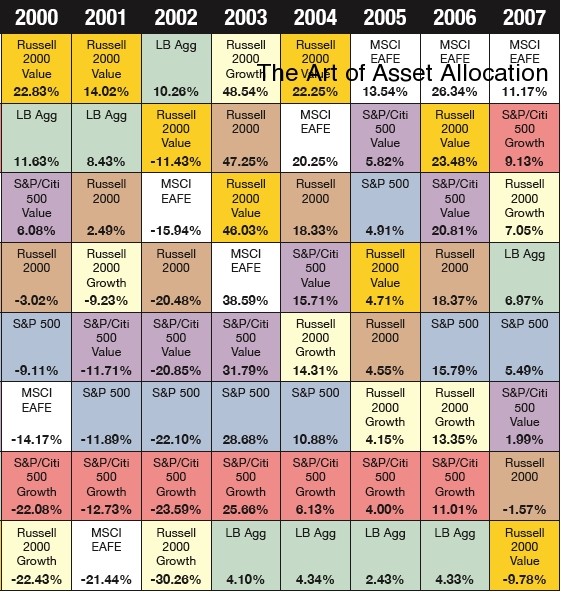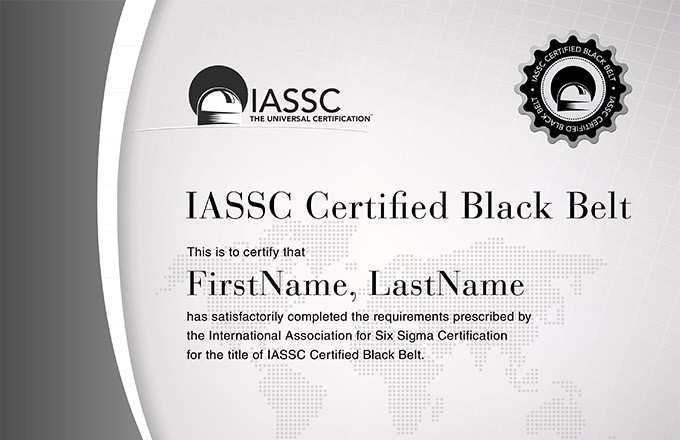Human Capital An Important Asset For Portfolio Diversification Investopedia
Post on: 11 Июнь, 2015 No Comment

An investor’s total wealth consists of two parts: financial capital and human capital. Financial capital includes tradable assets such as stocks, bonds, mutual funds, real estate and commodities. Human capital, while often overlooked when building a portfolio, consists of the economic present value of income for future labor.
Understanding Human Capital
Typically, young investors starting out their wealth accumulation have more human capital than financial capital. On the other hand, a retired worker has more financial capital than human capital, as her wealth-accumulation phase probably has come to an end. Exceptions apply in some cases – young millionaire entrepreneurs, for example. However human capital should be considered an asset with its own unique risks and rewards in all investing cases. Also, it is important to keep in mind that human capital’s correlation with the stock market is an important element of asset allocation and should not be overlooked when making any type of investment decision. (For more on human capital see Human Capital: The Most Overlooked Asset Class.)
The purpose of diversifying assets is to generate the maximum return with the lowest risk. Thus, human capital should be thought of as an asset class that should be part of every portfolio. While illiquid and non-tradable, human capital should be a key driver for the portfolio needs of an investor and should be hedged by financial capital – not the other way around.
One of the key aspects for understanding the value of human capital is taking into account its risks. Characteristics and risk types of human capital differ for different individuals. They can be classified as equity-like or fixed income-like, based on the profession or income-generation activity of the investor. In building wealth, investors should balance the risk level of their human capital with the risk level of their financial capital.
The following cases illustrate how human capital can be considered a risk-free or a risky asset, and how it could be used in the development of asset allocation decisions.
Case 1: Risk-Free Human Capital
The simplest example of human capital is a young professor, who hypothetically will have her job secured for life. The salary and retirement income that she is entitled to are thought to have the characteristics of a fixed income bond. The monthly salary is considered the monthly coupon, and the retirement income is the principal. Thus, her human capital can be considered to be fixed, risk free and with low-to-no correlation to the stock market. Also because she is a young professor, it is possible to infer that her human capital is at its highest value in her portfolio. As human capital in this case acts like a risk-free fixed income bond, an optimal portfolio should also include risky investments including equity and alternative investments. This will help her diversify and create a more efficient portfolio throughout her lifespan. With time however, it is important to consider that the portfolio will need adjustments as the young professors human capital will decline as a percentage of total wealth. This adjustment would include adding or increasing the proportion of risk-free assets in later stages of her life.
The above case is an unrealistic example used for illustrative purposes. Realistically, human capital is rarely risk free. Human capital is uncertain and, therefore, risky. However, the extent of riskiness is different from one investor to another.
For example, the profession of stockbroker is considered to have volatile income depending on external factors. A stockbrokers income is likely to fluctuate with the performance of the stock market and the economy in general. Thus, a stockbrokers human capital is risky compared to other asset classes, as well as highly correlated to the stock market. It is usually an optimal portfolio strategy for a stockbroker to have the majority of her financial capital invested in risk-free assets, i.e. fixed income. However, note that as a stockbroker ages she would probably have more financial capital than human capital in her portfolio. Thus, her human capital will not remain as risky over her life and will require some adjustments in her portfolio.

Case 3: Realistic Human Capital
Most individuals are not professors or stock market professionals and thus have human capital at moderate risk levels. Depending on the risk level and the correlation of the human capital to the stock market, an investors portfolio should be diversified accordingly. For example, a schoolteacher is likely to have a different investment portfolio than a businessman. Usually, the job of schoolteacher is considered to be less risky than that of a businessman. Thus, a schoolteacher would construct a more efficient portfolio if she invests in riskier assets than a businessman.
Case 4: Human Capital When Retired
In the case of someone retired or about to retire, human capital has most likely diminished entirely and all that is left in a portfolio is financial capital. Retirees have less chance to recoup any losses, so a portfolio for retirees usually includes very low-risk assets including bonds, annuities or securities that would offer steady, secure income. The steady income in this case is replacing the human capital income that an investor would have had at the start of his or her income-generating life.
The Bottom Line
The above example illustrates the incorporation of human capital assets into an investors mindset. Although not easily quantifiable and seldom used in reality, this concept should be an important element in the asset allocation decision of every portfolio. Understanding human capital assists in capturing the entirety of the investor’s unique risks, returns and constraints – characteristics that are fundamental for effective portfolio management. (For more on portfolio management read Preparing For A Career As A Portfolio Manager.)














